
On this month's Morbidly Fascinating Page:
Everyone has heard of Jack the Ripper. But what about his victims? This page takes an intimate look at the women that Jack murdered.
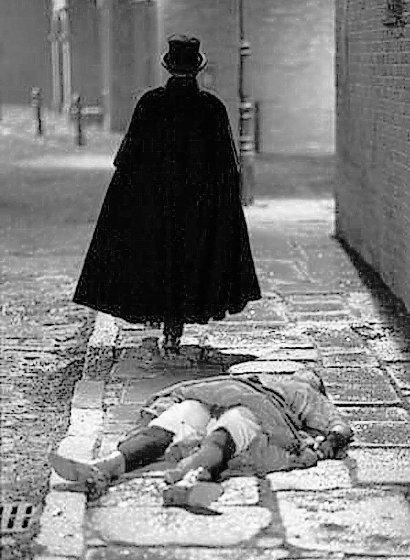
First, who was Jack the Ripper?
The case for the unmasking is tied to a shawl alleged to have been found next to Ripper victim Catherine Eddowes
Researchers explain that they subjected the shawl to infrared imagery and spectrophotometry testing. They also inspected the stains using a microscope to determine what made them. Under ultraviolet light, they found that one stain was possibly produced by semen.
The researchers then vacuumed up DNA fragments from the shawl, finding little modern contamination and many degraded short fragments, consistent with DNA of that age. They compared mitochondrial DNA in the sample, which is passed down from mother to child, to a descendent of Eddowes, finding that it was a match. The team also found a match to a descendant in other bits of mitochondrial DNA.
“All the data collected support the hypothesis that the shawl contains biological material from Catherine Eddowes and that the mtDNA sequences obtained from semen stains match the sequences of one of the main police suspects, Aaron Kosminski (born 1865, died 1919),” they write in the study. Kominski was a 23-year-old Polish barber in London who was one of the first suspects identified by London police in the Ripper case.
If it was indeed Kosminski, why did he stop the murders? Kosminski was institutionalized and was no longer roaming the streets of London beginning on July 12, 1890, when Kosminski was placed in Mile End Old Town workhouse due to his worsening mental illness, with his brother Woolf certifying the entry. Although he was released three days later, on February 4, 1891, he was returned to the workhouse, possibly by the police, and on 7 February, he was transferred to Colney Hatch Lunatic Asylum. Kosminski remained at the Colney Hatch Lunatic Asylum for the next three years until he was admitted on April 19, 1894 to Leavesden Asylum where he stayed until his death.
Did Kominski commit the crimes? Evidence points in his direction, but not everyone is convinced. A list of other suspects can be found HERE and HERE
The Ripper letters
Many letters claiming to be written by Jack were sent to law enforcement officials and were bogus. But three letters and one postcard are considered to be actually written by Jack himself. See the legitimate letters HERE

The women who perished at the hands of the first “celebrity serial killer” led troubled lives, and in many ways reveals more about London at the time of the murders than the man who committed them.
Martha Tabram, possible victim? If so, she would have been the first.
August 7, 1888
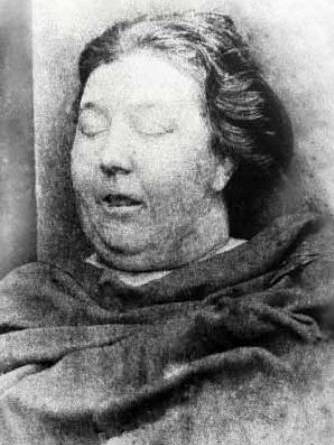
On August 6, 1888, Martha (White) Tabram was brutally murdered. Her death is still a century-old mystery that some confidently attribute to globally-infamous murderer Jack The Ripper. Tabram would have been the serial killer's first known murder.
Martha was an alcoholic who lived a very troubled life. Her alcoholism, which was heavy enough to cause alcoholic seizures, was the main cause of the end of her marriage to Henry Samuel Tabram in 1875.
Unable to find work due to her continuing alcoholism, Tabram became a prostitute in London. On the night of her death, it is believed she was drinking with a fellow sex worker, and eventually, the women split up and set a price with a couple of men. Tabram brought her client to a dark alley called George Yard, which was a notoriously dangerous, dimly-lit spot in the city. Her body was found the next morning.
Jack The Ripper was only active for a few months in 1888, though he wreaked havoc during his murder spree. His preferred victims were prostitutes; he killed five between August and September that year. It's never been confirmed that Tabram died at his hand, although her death happened in the timeperiod of Jack's murder spree..
Tabram was stabbed 39 times throughout her body. It was believed two different knives were used to kill her. Examiners also found Tabram had not recently had sex, despite her trist with her client that night, according to jack-the-ripper.org. It could be that a different sexual act for money had occurred...or that her client was Jack.
There's still a lively debate on if Tabram was a victim of Jack The Ripper. While the knife wounds hit both her throat and neck area and her stomach—areas that The Ripper targeted—her killing was different from the serial killer's leading methods in his known five victims.
Read detailed accounts about Martha HERE and HERE
Mary Ann Nichols
August 31, 1888
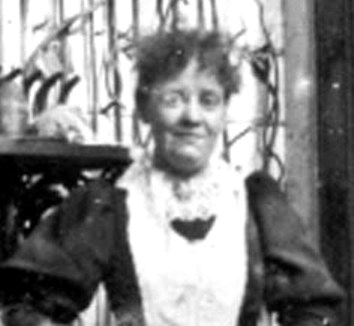
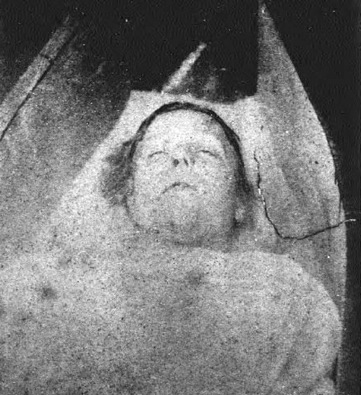
Mary Ann Nichols led a brief life marked with hardships. Born to a London locksmith in 1845, she went on to marry Edward in 1864 and gave birth to five children before the marriage dissolved in 1880.
In explaining the roots of the separation, Nichols’ father accused Edward of having an affair with the nurse who attended one of their children’s births. For his part, Edward claimed that Nichols’ drinking problem drove them to part ways.
After they separated, the court required Edward to give his estranged wife five shillings per month — a requirement he successfully challenged when he found out that she was working as a prostitute.
Nichols then lived in and out of workhouses until her death. She tried living with her father, but they did not get along so she continued to work as a prostitute to support herself. Though she once worked as a servant in the home a well-off family, she quit because her employers did not drink.
On the night of her death, Nichols found herself surrounded by the same problems she’d had for the majority of her life: Lack of money, and a propensity to drink. On August 31, 1888 she left the pub where she had been drinking and walked back to the boarding house where she planned to sleep for the night.
Nichols lacked the funds to pay for the entrance fee, so she went back out in an attempt to earn it. According to her roommate, who saw her before she was killed, whatever money Nichols did earn, she spent on alcohol.
Around 4 AM, Nichols was found dead in the street on Buck’s Row, her skirt pulled up to her waist, her throat slit, and her abdomen cut open.
Annie Chapman
September 8, 1888
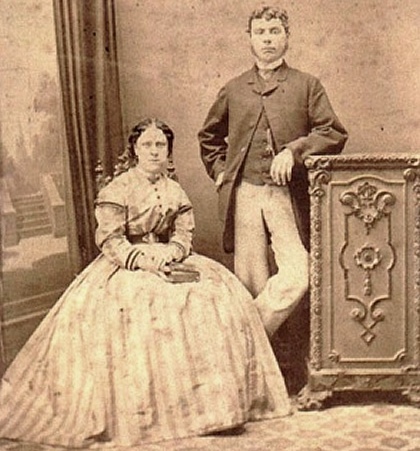
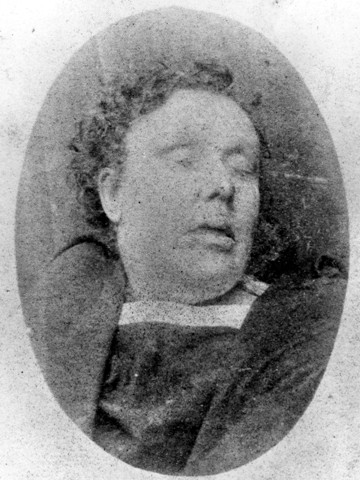
Annie shown with then-husband Edward and after meeting Jack
Annie Chapman didn’t always lead a hard life. She lived for some time with her husband, John, a coachman, in West London.
After the couple had children, however, her life began to unravel: Her son, John, was born disabled, and her youngest daughter, Emily, died of meningitis. She and her husband both began to drink heavily, and eventually separated in 1884.
After the separation, Chapman moved to Whitechapel to live with another man. While she still received ten shillings per week from her husband, she sometimes worked as prostitute to supplement her income.
When her husband died from alcohol abuse, that money stopped, and according to her friends, Chapman “seemed to have given away all together.” A week before she died, Chapman got into a fistfight with another woman over an unreturned bar of soap.
On September 8, 1888, the night of her death, Chapman drank a pint of beer at the lodging house where she had been staying, but—just like Mary Anne Nichols—she didn’t have the money for her bed that night. Chapman asked the house’s deputy to hold a bed for her as she planned to go out and try to earn the money. She never returned.
The next morning, a man named John Davis found Chapman’s body in the doorway of his house. Her throat had been cut, and she had been disemboweled: Chapman’s uterus and part of her bladder had been removed from her body, and intestines lay on the ground next to her.
Elizabeth Stride
September 30, 1888
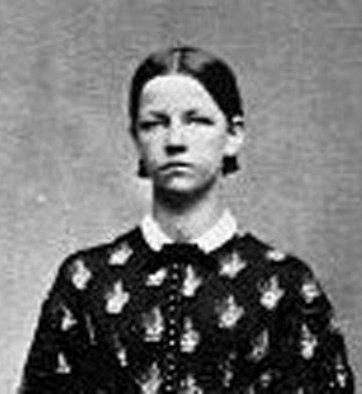
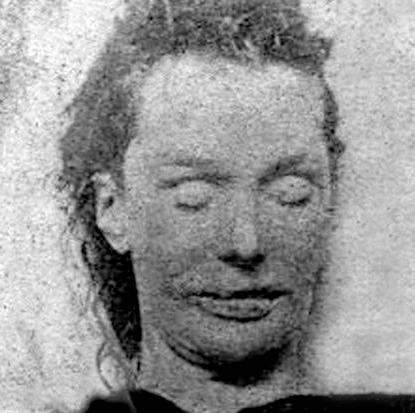
Unlike Jack the Ripper’s other victims, who took up prostitution after marriage, Stride was a registered prostitute before she married.
The Swedish-born domestic servant arrived in England in 1866, at which point she had already given birth to a stillborn baby and been treated for venereal diseases.
Stride married in 1869 but they soon split and he ultimately died of tuberculosis in 1884. Stride would instead tell people that her husband and children (which they never actually had) died in an infamous 1878 Thames River steam ship accident and that she sustained an injury during that ordeal that explained her stutter.
With her husband gone and lacking a steady source of income, like so many of Jack the Ripper’s victims, Stride split the remainder of her life living between work and lodging houses. On the night of her death, witnesses said they saw Stride kissing or speaking with a “respectable” looking gentleman, but he was never identified.
Louis Diemschutz, a steward, found Stride’s body in the early hours of September 30, 1888, blood still pouring out of the wound in her neck. Her body had not been mutilated like the others, nor did she show signs of strangulation, but her throat had been cut.
Police speculated that whoever killed Stride was interrupted during the murder, forcing him to find another victim that very same night...Catherine Eddowes.
Catherine Eddowes
September 30, 1888
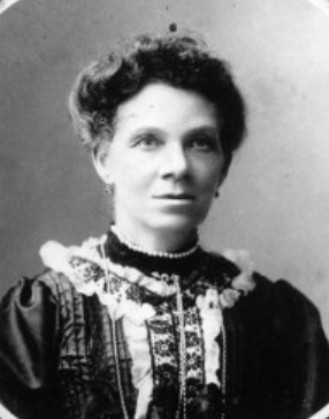
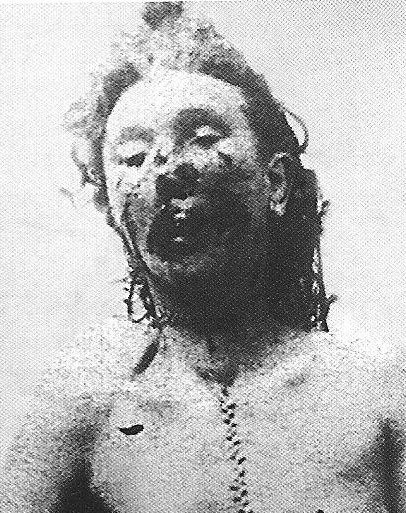
Unlike the others among Jack the Ripper’s victims, Catherine Eddowes never married, and instead spent her short life with multiple men.
The daughter of a tin plate worker met Thomas Conway in her hometown of Wolverhampton. The couple lived together for 20 years and had three children together. According to her daughter, Annie, the pair split “entirely on account of her drinking habits.”
Eddowes met John Kelly soon after. She then became known as Kate Kelly, and stayed with John until her death.
According to her friends and family, while Catherine was not a prostitute, she was an alcoholic. The night of her murder—the same night Elizabeth Stride was killed—a policeman found Catherine lying drunk and passed out on Aldgate Street.
He arrested her, taking her to the nearby police station where she could sleep off the alcohol. When asked her name at the station, she replied, “Nothing.” Around 1 AM, authorities released Eddowes, who began walking back to Aldgate Street.
Subsequent testimony reveals that a man named Joseph Lawende passed by a couple walking down the street opposite him around 1:30 a.m.; he later identified the woman he saw as Eddowes.
Eddowes would not make it home. Her murder fit in with the pattern of the others, but was even more gruesome. The killer had not only slit her throat and eyelids; he had cut the veins in her neck and flaps of skin from her face, removed her kidneys, and cut open her intestines to release fecal matter.
Dr. Frederick Brown, who performed the post-mortem examination of Eddowes’ body, concluded that the killer must have some knowledge of anatomy if he could remove her organs in the dark.
But Dr. Thomas Bond, who consulted on the Jack the Ripper case, disagreed. He wrote in a letter to Robert Anderson, Secretary of the Prison Commissioners, that, “In each case the mutilation was inflicted by a person who had no scientific nor anatomical knowledge. In my opinion he does not even possess the technical knowledge of a butcher or horse slaughterer.”
A couple weeks later, George Lusk, the head of a neighborhood watch group, received a kidney in the mail, along with a letter “from Hell,” written by a man claiming to be the killer.
Mary Kelly
November 9, 1888
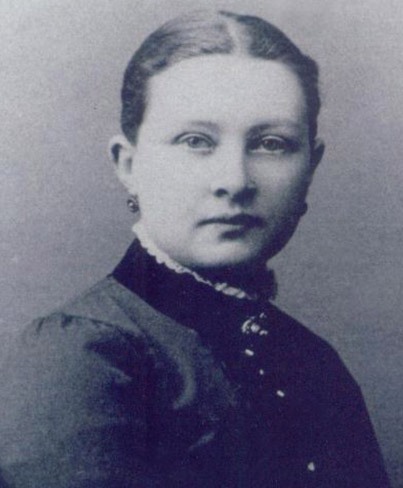
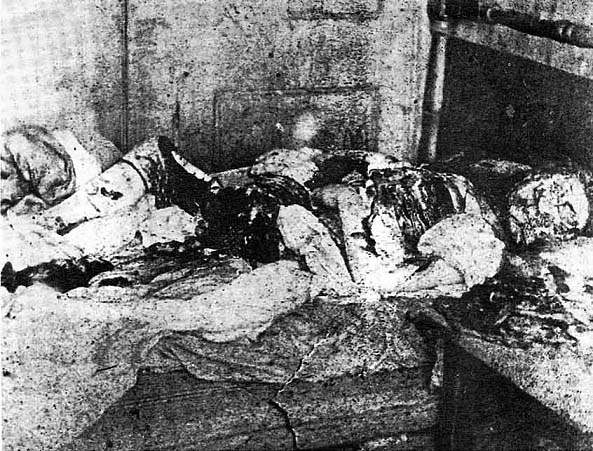
Mary Jane Kelly was born in Ireland, and was by all accounts, the most beautiful of Jack the Ripper’s victims.
Kelly was married for three years, but after her husband died in a coal mine accident, she became a successful prostitute, even living in a high-end brothel where at one point guests called her “Marie Jeannette.”
When she met Joseph Barnett, her partner until her death, they bounced between lodgings in London’s East End, usually getting evicted for drinking or not paying their rent.
According to Barnett, Kelly’s fear of Jack the Ripper prompted her to allow homeless prostitutes to stay in the tiny room she shared with him. The landlord caught wind of her scheme and sent his assistant, Thomas Bowyer, to track Kelly down and collect six weeks worth of rent for that room. Kelly could be heard drunkenly singing in her room at 1 a.m., and around 2 a.m, witnesses said they spotted her walking with a man. After that, no light emanated from her room and the singing had stopped.
Bowyer, spotting a shattered glass window, entered the abode and found Kelly’s corpse on the bed, mangled beyond recognition.
“The whole surface of the abdomen and thighs was removed and the abdominal cavity emptied of its viscera,” wrote Dr. Bond. “The breasts were cut off, the arms mutilated by several jagged wounds and the face hacked beyond recognition of the features. The tissues of the neck were severed all round to the bone” The killer had piled her organs and flaps of her skin next to the bed.
Although some experts at the time were convinced that these murders were the work of a physican. Dr. Bond disagreed, saying: "In each case the mutilation was inflicted by a person who had no scientific nor anatomical knowledge. In my opinion he does not even possess the technical knowledge of a butcher or horse slaughterer or any person accustomed to cut up dead animals."